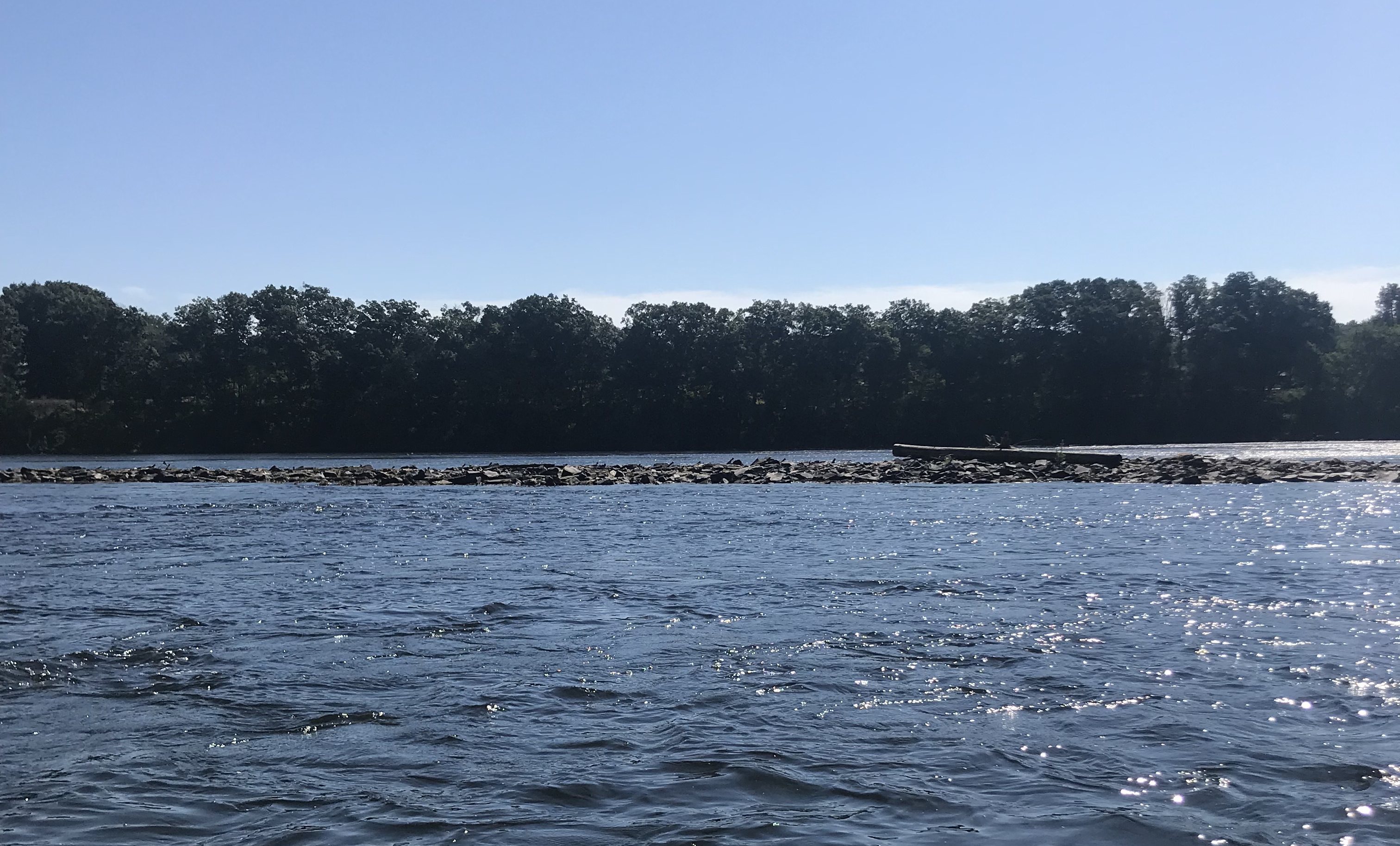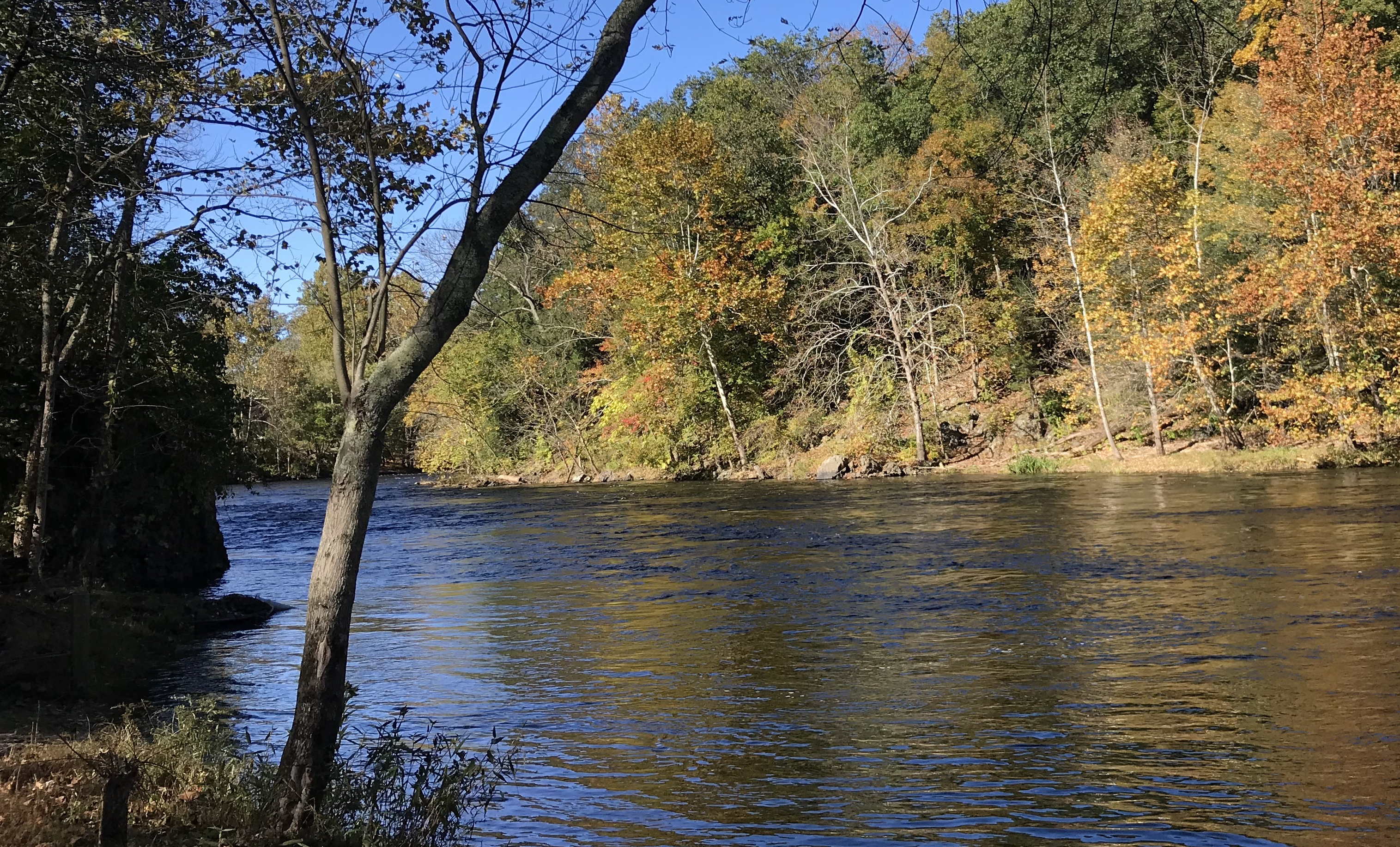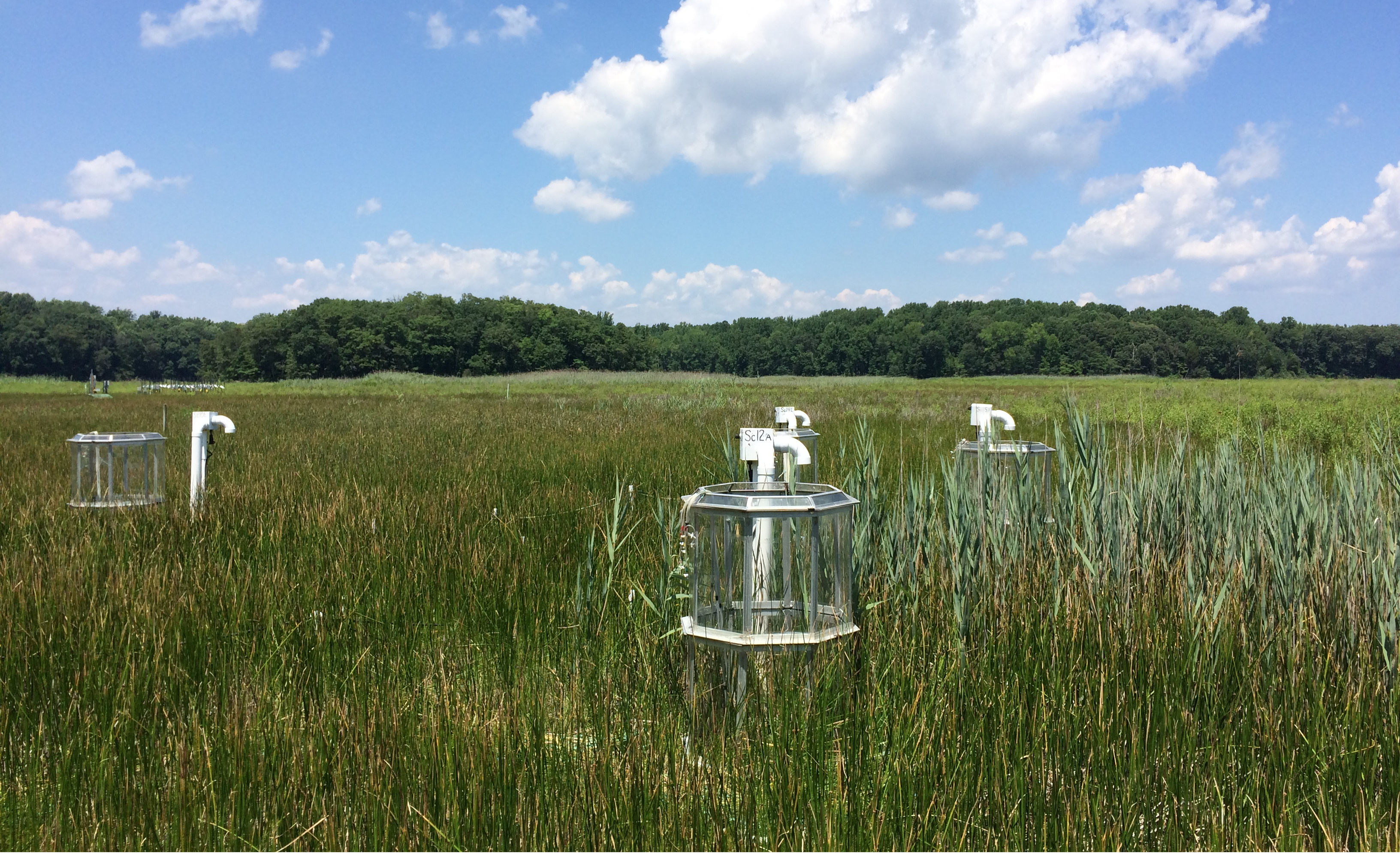The Effects of Trace Narasin on the Biogeochemical N-Cycle in a Cultivated Sandy Loam
DeVries, S., Loving, M., Logozzo, L., Zhang, P., Block, K.
May 2020 · Science of the Total Environment

Narasin is an antibiotic administered to broiler chickens to prevent coccidiosis. After storage, excreta containing parent narasin compounds is commonly spread as nitrogen fertilizer, yielding initial soil concentrations in the low μg·kg−1 range. In soil, antibiotics have been found to modify one or more pathways in the biogeochemical nitrogen cycle. The concentrations tested are often too high to be considered environmentally relevant, despite evidence that sub-therapeutic doses may also be disruptive. We conducted soil mesocosm experiments to determine the overall impact of trace narasin on major nitrogen pools and fluxes in soils treated with 0, 1, 10, 100, or 1000 ng·kg−1 narasin. Water content in the mesocosms varied from 40% to 80% water-filled pore space (WFPS), simulating a range of different redox conditions. Under aerobic conditions (40% WFPS), exposure to narasin inhibited nitrification, yielding increases in soil ammonium by up to 76%, perhaps by targeting nitrifying fungi. Under the same conditions, narasin caused soil nitrate concentrations to decline 17–39%. When the soil was near saturation (80% WFPS), nitrate increased by an average of 30%. Mass balances and isotopic enrichment of N2O indicate that NAR may also affect anammox and the rate of nitrifier nitrification/denitrification. In aerobic soils, N2O flux increased with antibiotic dose and the rise in flux strongly correlates to the N2O:N2 product ratio from dentification. This relationship suggests that N2O flux may increase in soils exposed to narasin even when total denitrification is modestly inhibited. We conclude that trace concentrations of narasin can significantly modify biogeochemical activities in soil on short timescales. Our results indicate the potential for extremely low concentrations of antibiotics to impact agricultural productivity, terrestrial N2O flux, and non-point source nitrogen pollution.




